Radia WindRunner – The World's Largest Cargo Aircraft Concept
The Radia WindRunner is a proposed ultra-large cargo aircraft developed by the American company Radia. Designed to be the largest plane in the world by length and internal volume, it is specifically intended to transport next-generation wind turbine blades over 100 meters long to remote locations that lack large airports or infrastructure.
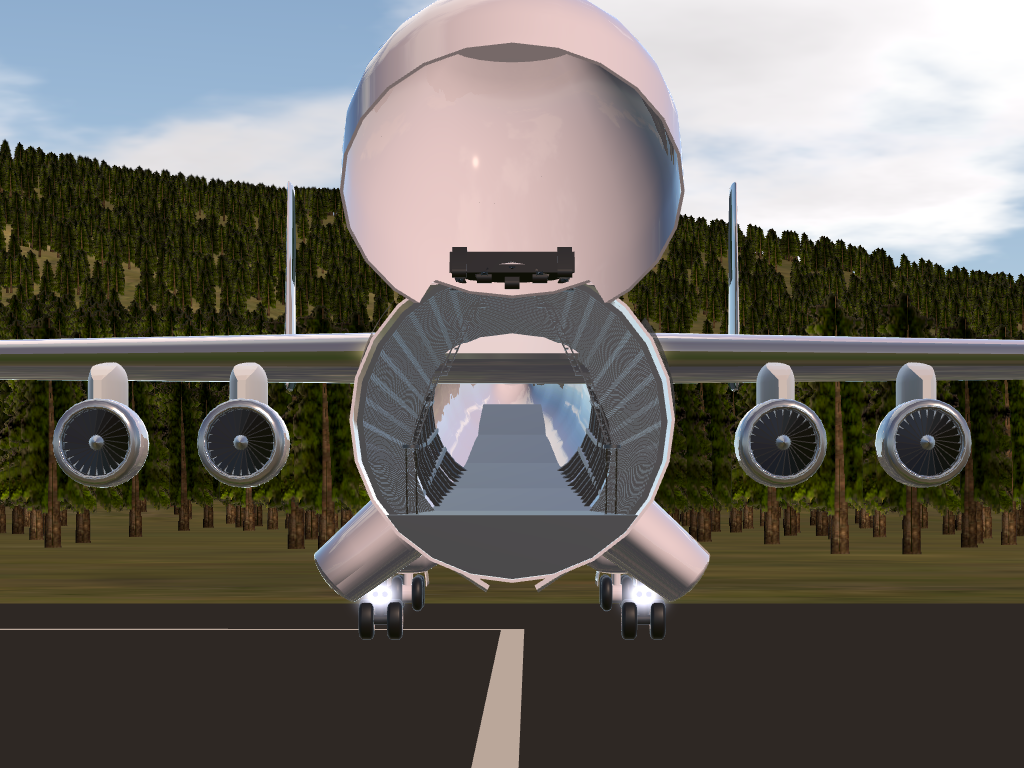
It is a key component of Radia’s “GigaWind” initiative, which aims to unlock the potential of advanced onshore wind energy by enabling efficient transport of oversized turbine components.

General Characteristics:
Length: ~108 meters (356 feet)
Wingspan: ~80 meters (261 feet)
Height: ~24 meters (79 feet)
Maximum Payload: ~72.6 tons (160,000 lbs)
Cargo Bay Volume: ~7,700 cubic meters (~272,000 cubic feet)
Cargo Bay Dimensions: up to 105 m × 7.3 m × 7.3 m
Cruise Speed: Mach 0.6 (~740 km/h)
Range with Full Load: ~2,000 km
Service Ceiling: ~12,500 meters (41,000 feet)
Minimum Runway (unpaved): ~1,800 meters

Key Features:
Front-loading design with a patented nose-opening system to accommodate extremely long blades and oversized equipment.
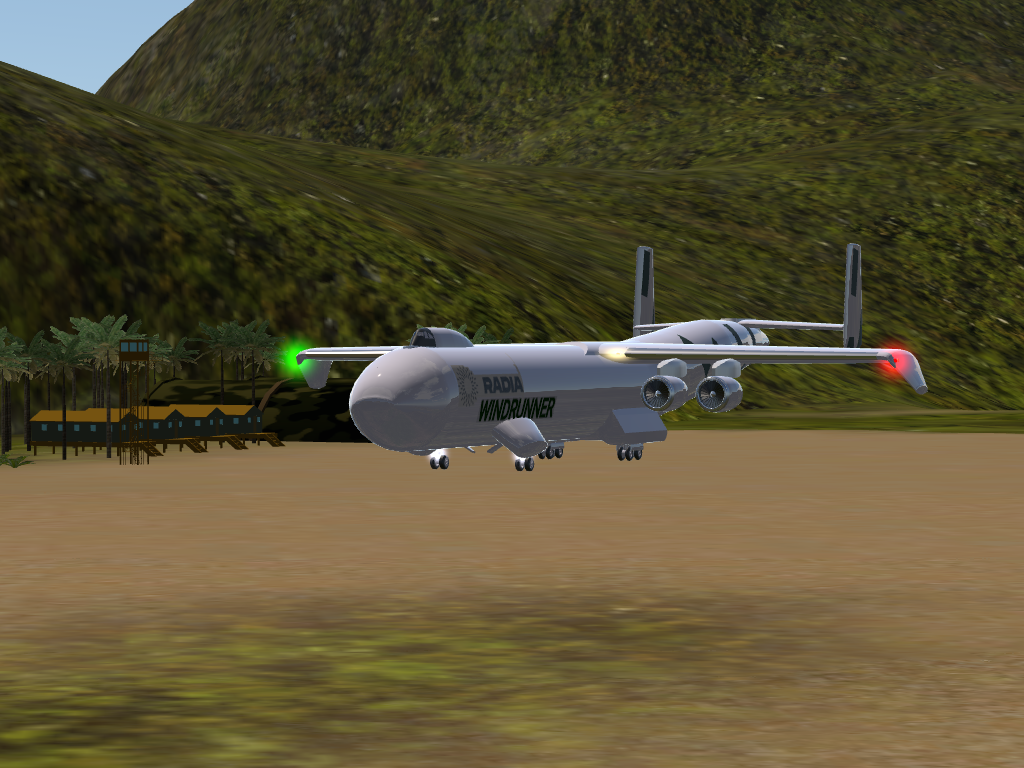
Operates from semi-prepared airstrips, making it suitable for hard-to-reach wind farm sites.
Utilizes off-the-shelf components, including engines and systems already certified by the FAA, reducing development risks and costs.
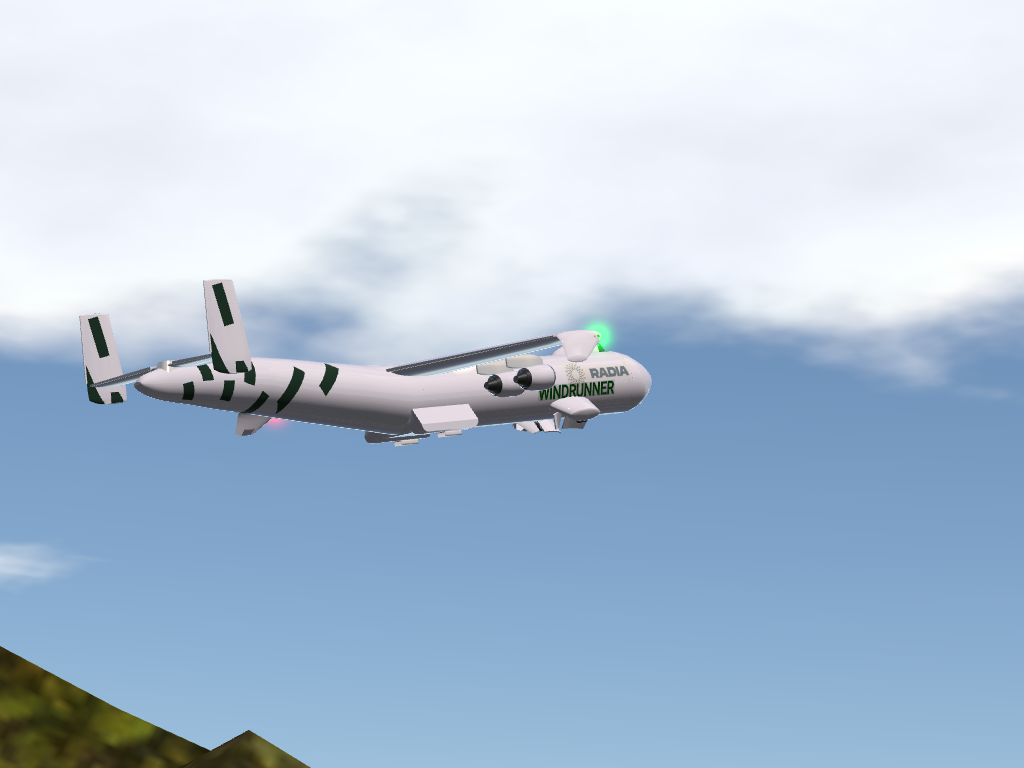
Modular and multi-use: Although optimized for wind turbine transport, it can also carry helicopters, military vehicles, or large humanitarian aid cargo.
Development Partners:
Fuselage: Leonardo
Wings and pylons: Aernnova
Cockpit and pressurized cabin: Akaer (Brazil)
Safety and certification systems: AFuzion
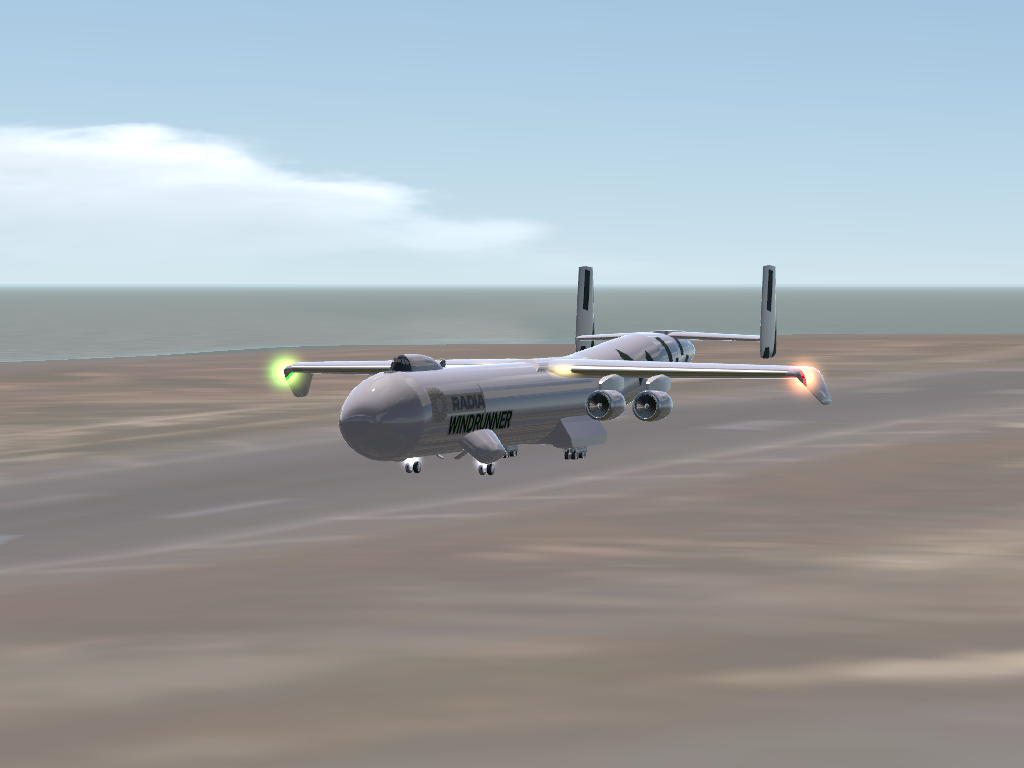
Purpose and Impact:
The WindRunner is more than just a massive aircraft. It is a practical logistics solution for the energy transition. By enabling the transport of ultra-long turbine blades to inland locations, it could help unlock over 200 gigawatts of wind energy potential in the United States alone by 2050. Its use may reduce the cost of wind energy by up to 30% and lower carbon emissions significantly.
Beyond wind energy, the WindRunner could also support space and defense logistics, emergency relief, and infrastructure delivery in isolated regions.
Project Timeline:
Concept development began around 2016.
Official unveiling occurred at Farnborough Airshow 2024 and Paris Air Show 2025.
First flight targeted between 2027 and 2029.
Entry into service expected before 2030.
Specifications
Spotlights
- CaptainBrayden 4 months ago
- WG 4 months ago
- calli 4 months ago
- TheNewSPplayer 4 months ago
- XProAerospaceAircrafts 4 months ago
- dabestsock 4 months ago
- Apollo018362 4 months ago
- Cellado 4 months ago
- Berulacraft 4 months ago
General Characteristics
- Created On Windows
- Wingspan 263.6ft (80.4m)
- Length 375.6ft (114.5m)
- Height 90.2ft (27.5m)
- Empty Weight N/A
- Loaded Weight 40,456lbs (18,350kg)
Performance
- Power/Weight Ratio 6.665
- Wing Loading 3.5lbs/ft2 (17.2kg/m2)
- Wing Area 11,498.1ft2 (1,068.2m2)
- Drag Points 86862
Parts
- Number of Parts 968
- Control Surfaces 6
- Performance Cost 3,035

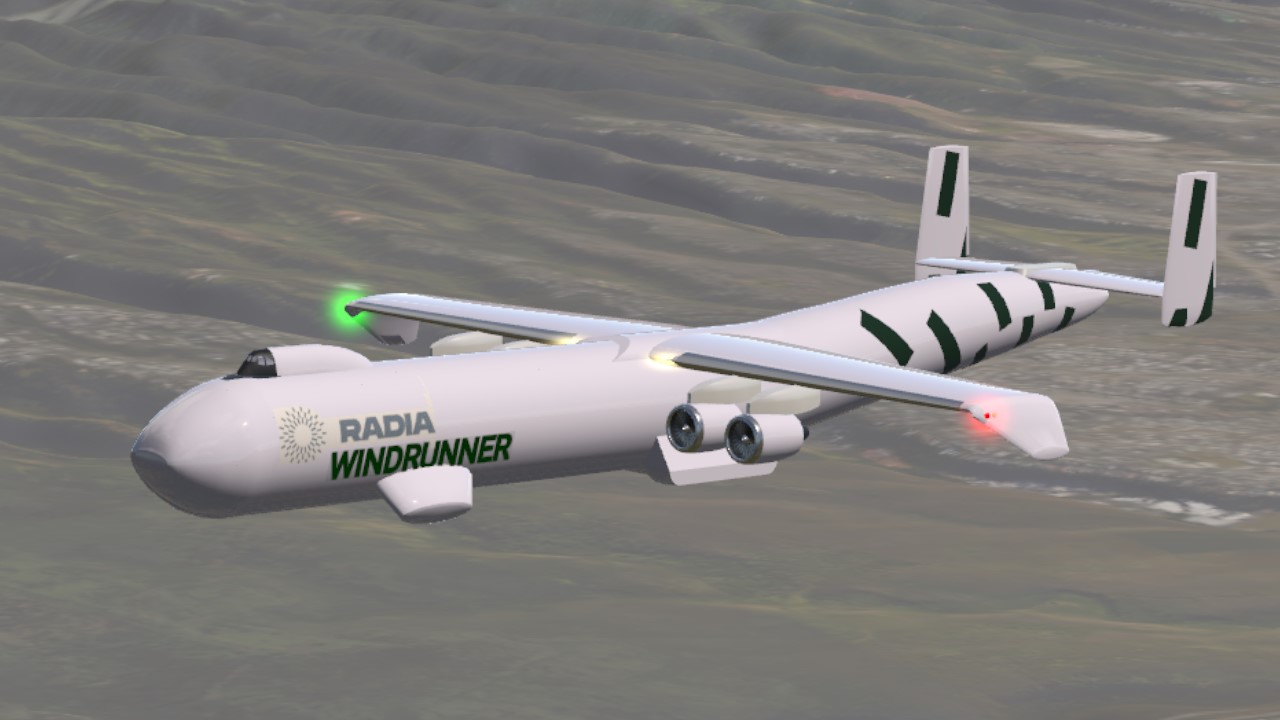
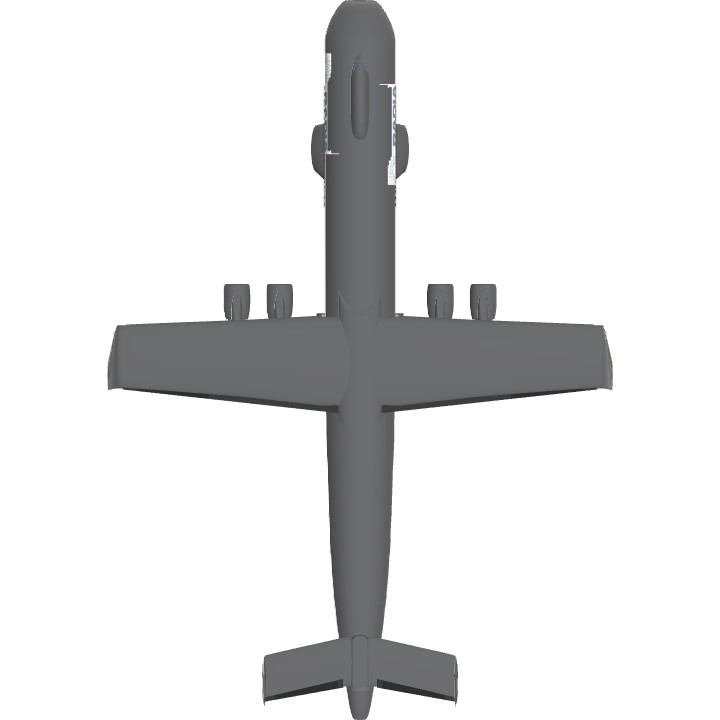
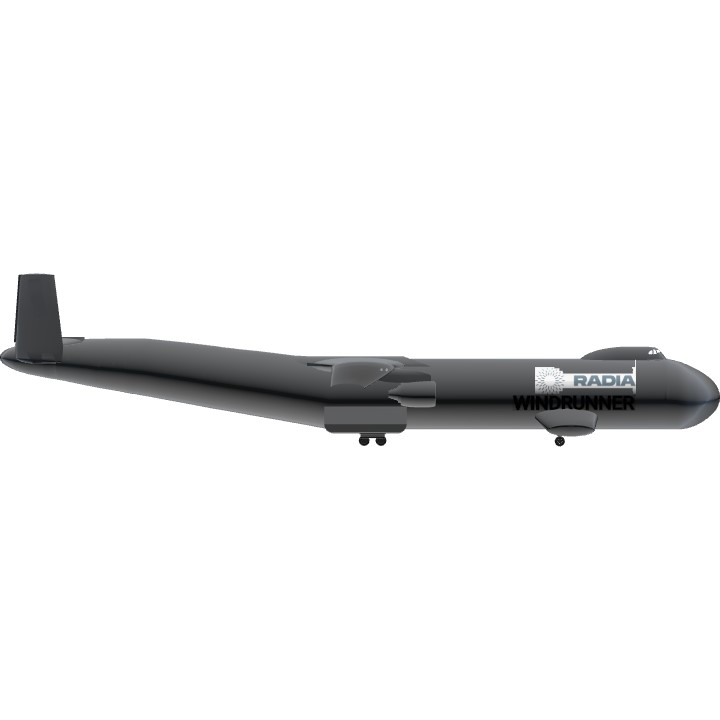
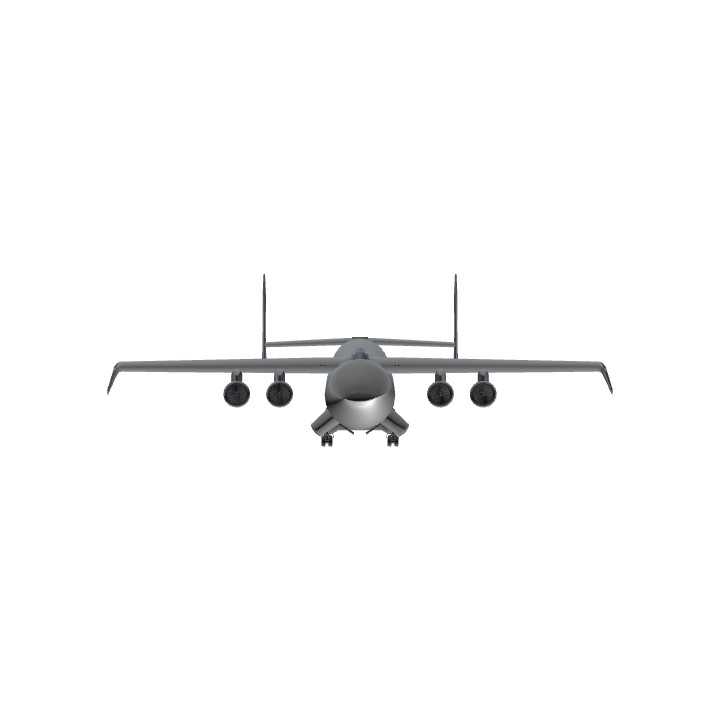
@cyberpunkchicken27 can you make a F-35 vtol with this
Really unrealistic flight model. That's definitely something to work on. It takes off in a distance lower than its own fuselage when it should take off in 5000 ft minimum.
Yes sah!
Heinous but Helpful
I thank everyone for the comments, very soon I will remake this aircraft when the real project is already well advanced.
"Ugh It's Hideous"
No offence intended, but it kinda looks like a pencil (A340 joke)
thats one big boy
Wow, I was thinking about making this someday. Your creation is fascinating!
credits to @MAPA for using the Boeing 747 SP.